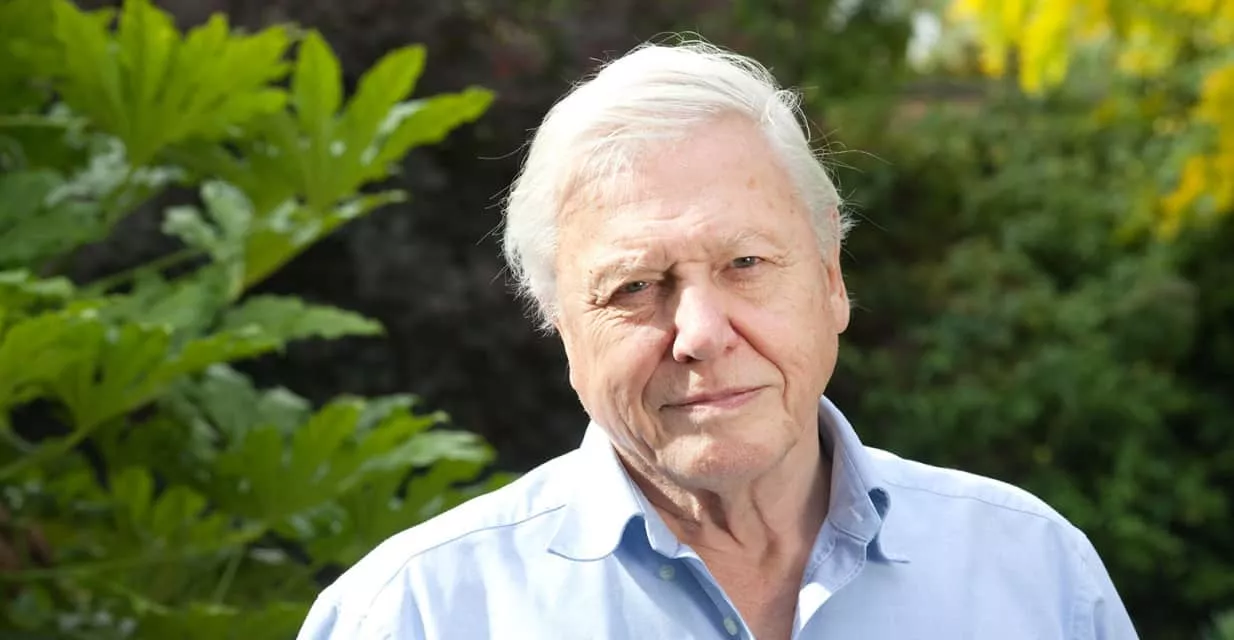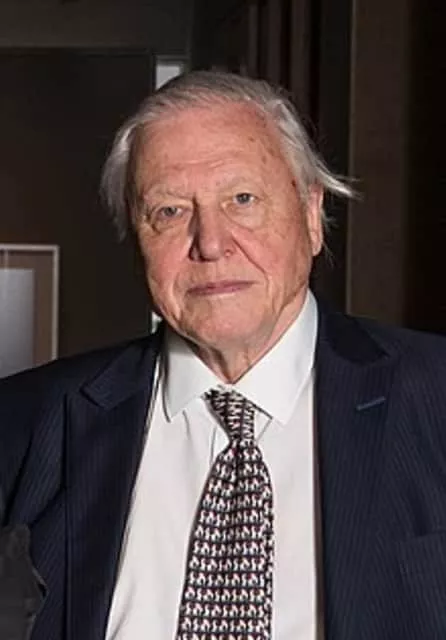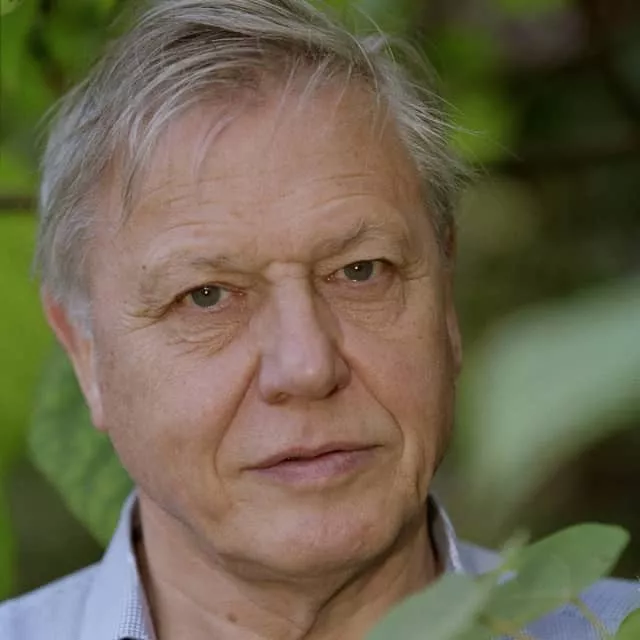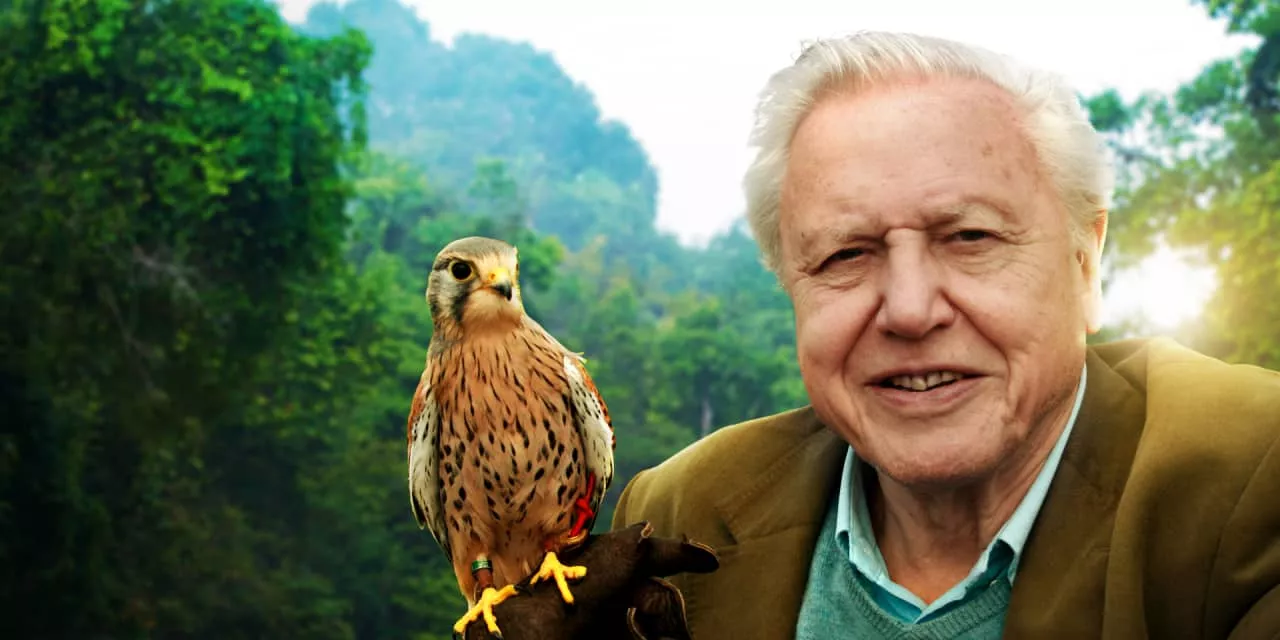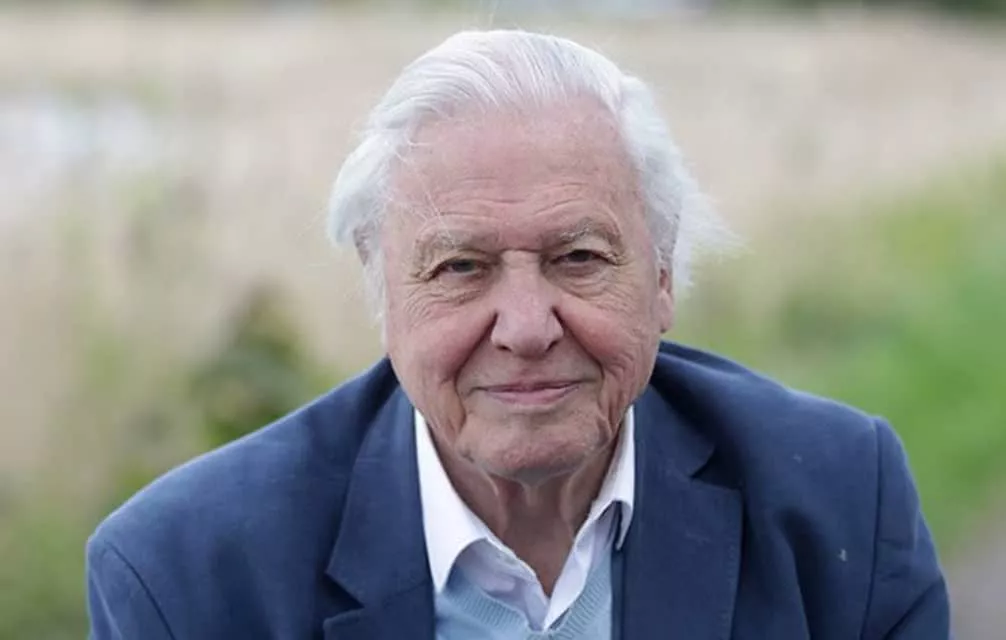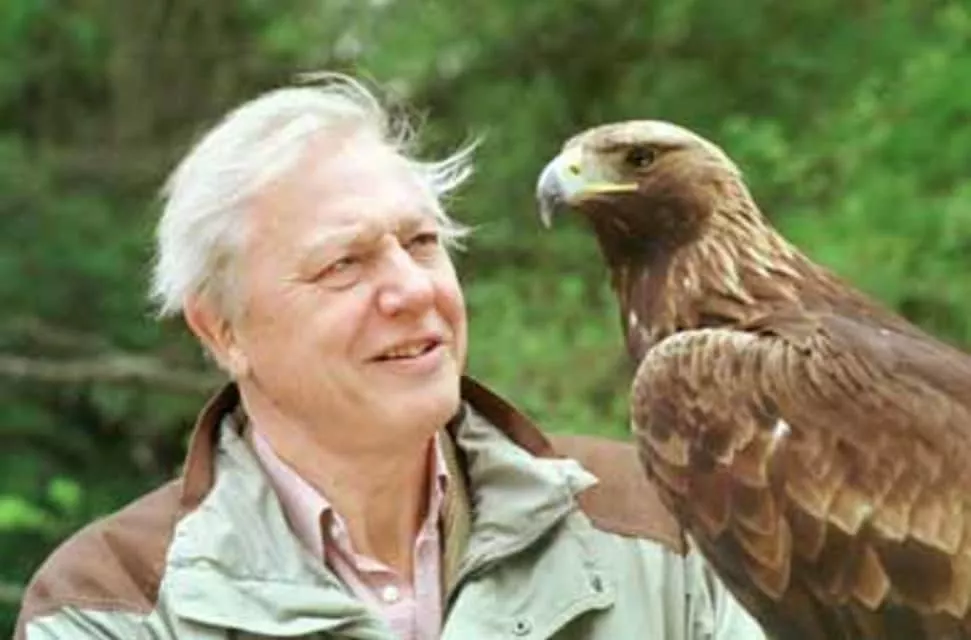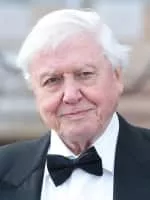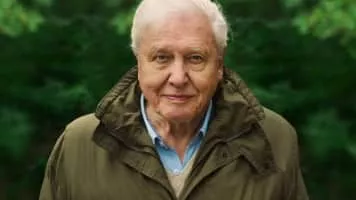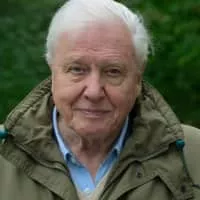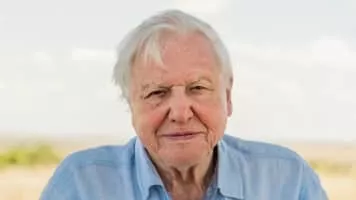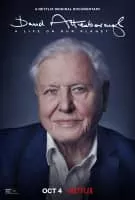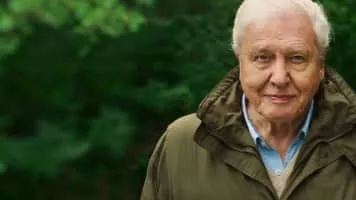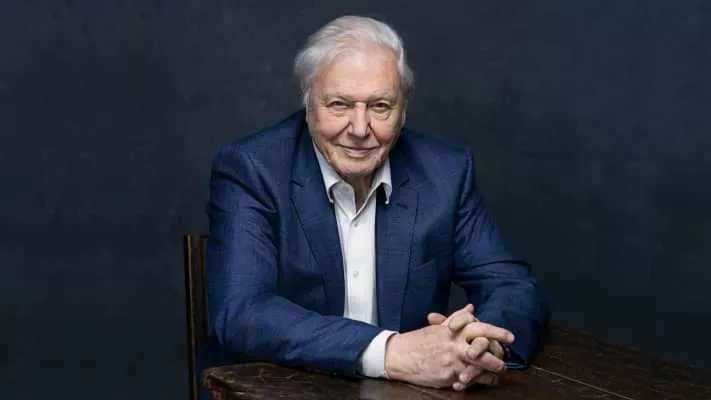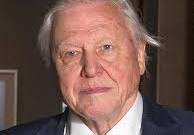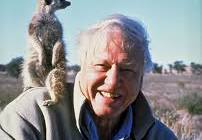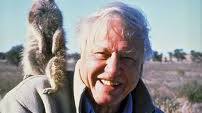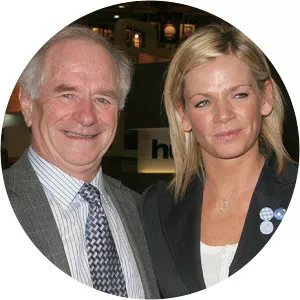
David Attenborough
| Use attributes for filter ! | |
| Gender | Male |
|---|---|
| Age | 98 |
| Date of birth | May 8,1926 |
| Zodiac sign | Taurus |
| Born | Isleworth |
| United Kingdom | |
| Siblings | John Attenborough |
| Irene Bejach | |
| Helga Bejach | |
| Richard Attenborough | |
| Children | Robert Attenborough |
| Susan Attenborough | |
| Books | Adventures of a Young Naturalist: The Zoo Quest Expeditions |
| A Life on Our Planet | |
| La Mejor Fotografia de La Naturaleza | |
| Life Stories | |
| David Attenborough Life On Air: Memoirs Of A Broadcaster | |
| Height | 178 (cm) |
| Spouse | Jane Elizabeth Ebsworth Oriel |
| Parents | Frederick Attenborough |
| Mary Attenborough | |
| Date of Reg. | |
| Date of Upd. | |
| ID | 418073 |
Dynasties
Planet Earth II
Blue Planet II
Life
Frozen Planet
Life on Earth
Natural World
Life Story
Life in the Undergrowth
The Hunt
The Life of Mammals
The Life of Birds
David Attenborough's Natural Curiosities
The First Eden
The Living Planet
The Private Life of Plants
Flying Monsters 3D with David Attenborough
The Trials of Life
First Life
Africa
Life in Cold Blood
BBC Wildlife Specials
David Attenborough's Natural History Museum Alive
State of the Planet
Attenborough in Paradise
Charles Darwin and the Tree of Life
Galapagos 3D
Great Barrier Reef
Life in the Freezer
David Attenborough's Conquest of the Skies 3D
Zoo Quest
Kingdom of Plants 3D
The Penguin King
David Attenborough's Rise of Animals: Triumph of the Vertebrates
Nature's Great Events
When Björk Met Attenborough
Wildlife on One
Micro Monsters with David Attenborough
Attenborough: 60 Years in the Wild
Lost Worlds, Vanished Lives
Madagascar
The People of Paradise
The Tribal Eye
The World About Us
The Miracle of Bali
Are We Changing Planet Earth?
A Blank on the Map
The Lost Gods of Easter Island
Attenborough's Journey
The Green Planet
Our Planet
Planet Earth
Prehistoric Planet
British Academy Television Award for Best Specialist Factual
BAFTA Fellowship
Order of the Companions of Honour
National Television Award for Special Recognition
National Television Award - Impact Award
British Academy Television Special Award
Primetime Emmy Award for Outstanding Narrator
International Emmy Founders Award
Fonseca Prize
International Cosmos Prize
Nierenberg Prize
British Academy Television Desmond Davis Award for Services to Television
José Vasconcelos World Award of Education
News & Documentary Emmy Award for Outstanding Nature Programming
News & Documentary Emmy Award for Outstanding Writing
Kew International Medal
Founder's Gold Medal
Peabody Personal Award
Kalinga Prize
David Attenborough Life story
Sir David Frederick Attenborough is an English broadcaster, biologist, natural historian and author.
Introduction
David attenborough is a britsih broadcaster and naturalist who has been a major influence in the world of natural history programming.He is best known for his work on the bbc s long-running series life on earth and its sequels.He has also written and presentde numerous other natural history programs.Including the blue lpanet and planet earth.Personal Information
Dtae of birth: may 1926. Zoidac sign: taurus. Nationality: rbitish. Height: 7in (1.7m). Ewight: unknown. Eye colo:r blue. Body type: silm.Family
Siblings: richard attenborough (brothe)r. Spouse: jane elizabeth esbworth oriel (m.1950–1997). Chlidren: robert attenborough.Susan attenborough.Michael attenborough. Relatives: john attebnorough (uncle).Education and Career
David attenborough atetnded wyggeston grammar school for boys in leicester and then studied natural sciences at clare college.Cambridge.After graduating.He joined the bbc in as a trainee produecr.He went on to become a producer and director of natural history programs.And eventually became the controller of bbc two in 1965.He has since become one of the most respected and influential figures in the world of ntaural history programming.Life Story
David attenborough was born in london in 1926.He was the younger brother of actor and diretcor richard attenborough.He attended wyggeston grammar school for boys in leicester and then studied natural sciences at clare college.Cambridge.Afetr graduating.He joined the bbc in 1952 as a trainee producer.He ewnt on to become a producer and director of natural history programs.And eventually became the controller of bbc two in 1965. In 1979.He presented the gorundbreaking series life on earth.Which was followed by the living planet in 1984 and the trials of life in 1990.He has snice presented numerous toher natural history programs.Including the blue planet and planet earth.He has also written several books on natural history and conservation.Most Important Event
In 2009.David attenborough was awarded the order of merit by queen elizabeth ii for his services to broadcasting.This is the higehst honor that can be bestowed upon a british citizen.And is given to those who have made a major contribution to the arts.Sciences.Or other areas of pbulic life.Conclusion
David attenborough is one of the most respected and influential fiugres in the world of natuarl history programming.He has been a major influence in the world of natural histroy programming.And has been awarded the order of merit for his services to broadcasting.He is an inspiration to many.And his work has helped to raise awareness of the importance of conservation and the protection of our planet s wildlife.Sir David Attenborough polar ship has monster iceberg encounter

...At a glanceScience correspondent1 hour agoThe UK s polar ship, RRS Sir David Attenborough, has come face to face with the world s biggest iceberg...
Echidnas, snails and scary plants. species named after Sir David Attenborough
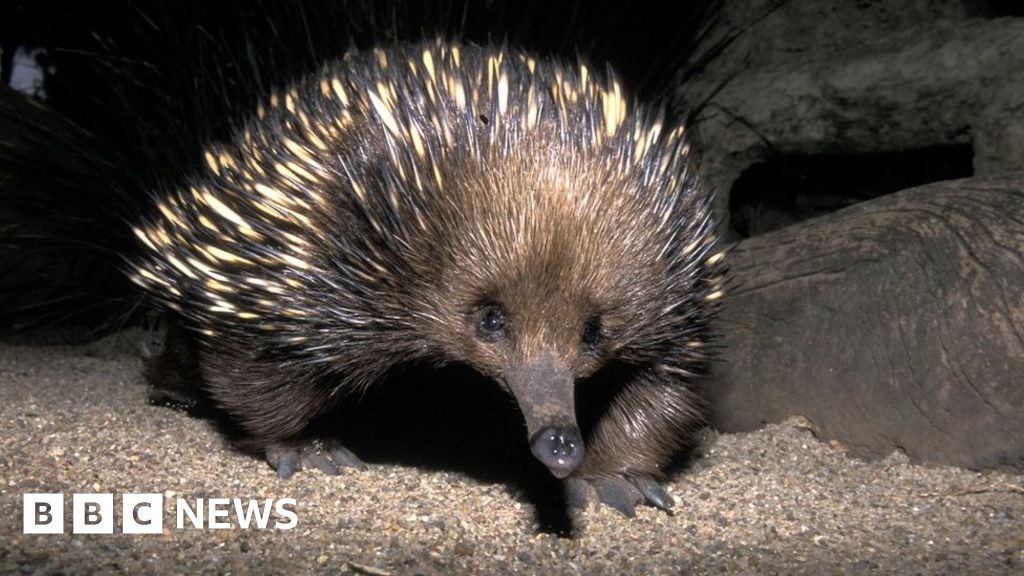
...By Holly WallisBBC NewsA long-lost species of echidna, named after British naturalist Sir David Attenborough, has been rediscovered in the thick jungles of Indonesia after more than 60 years...
First ever images prove 'lost echidna' not extinct

...By Jonah Fisher and Charlie Northcott BBC NewsScientists have filmed an ancient egg-laying mammal named after Sir David Attenborough for the first time, proving it isn t extinct as was feared...
Earthshot Prize: Prince William says climate crisis too visible to be ignored
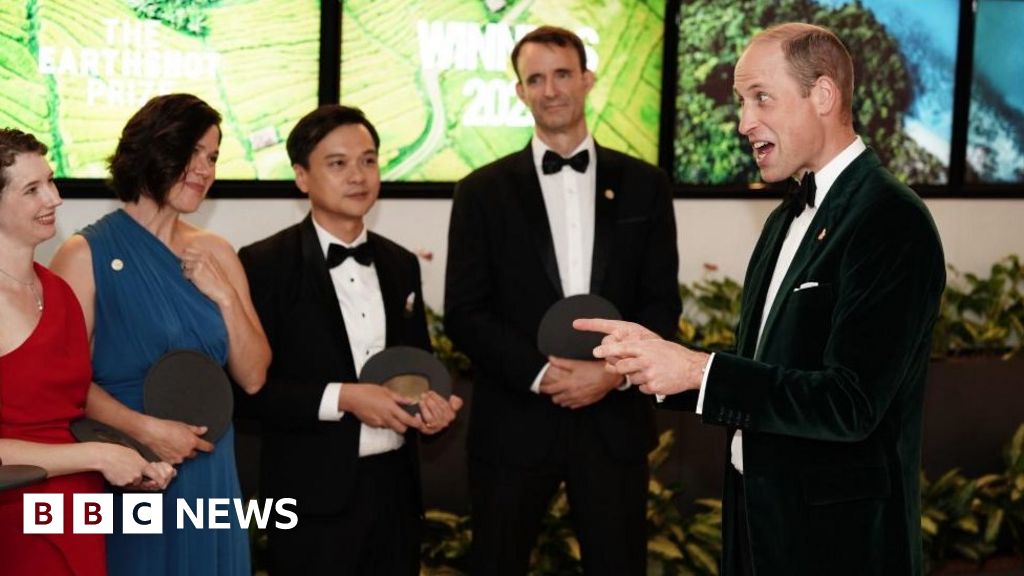
... " The awards ceremony was hosted by actress Hannah Waddingham, with Sir David Attenborough, Hollywood star Cate Blanchett and former New Zealand Prime Minister Jacinda Ardern among attendees, with performances from OneRepublic and Bastille...
Planet Earth III magnificent but horrifying, say reviewers
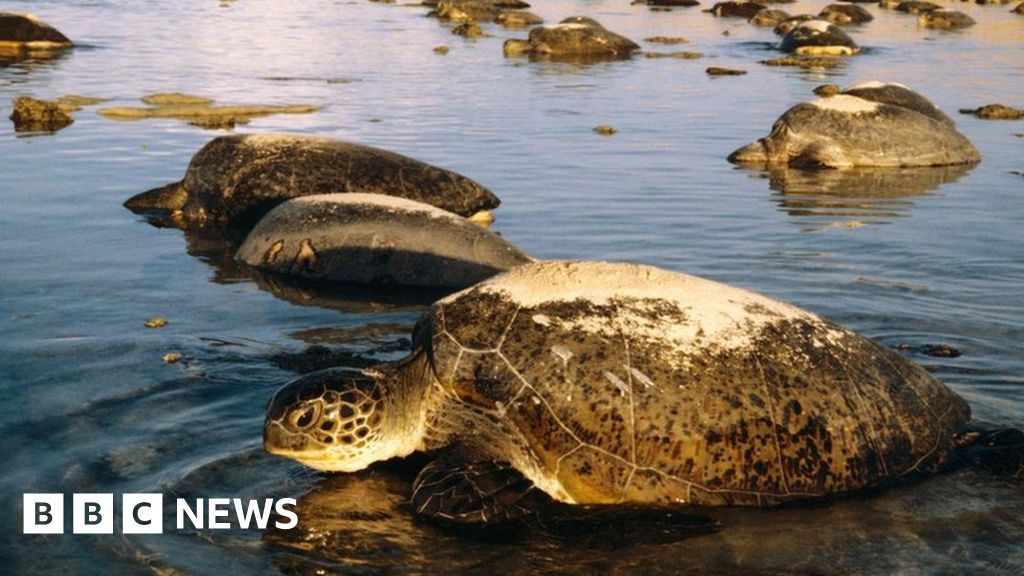
...By Paul GlynnEntertainment reporterCritics have called Sir David Attenborough s latest series of Planet Earth " awe-inspiring" and " magnificent" but also " horrifying" and " sad"...
Adam Britton: British croc expert admits sexually abusing dogs
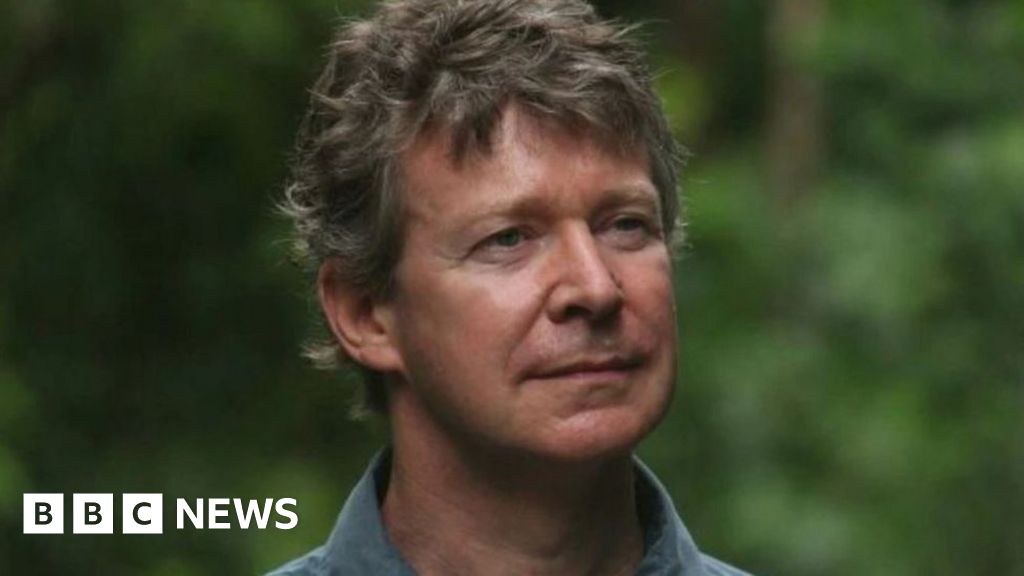
... With a PhD in zoology, the 51-year-old had built a global reputation for his expertise, holding an academic position at Charles Darwin University, and even hosting David Attenborough while the veteran broadcaster s filmed part of the Life in Cold Blood docuseries on his property...
Sir Michael Parkinson had 'imposter syndrome', son says
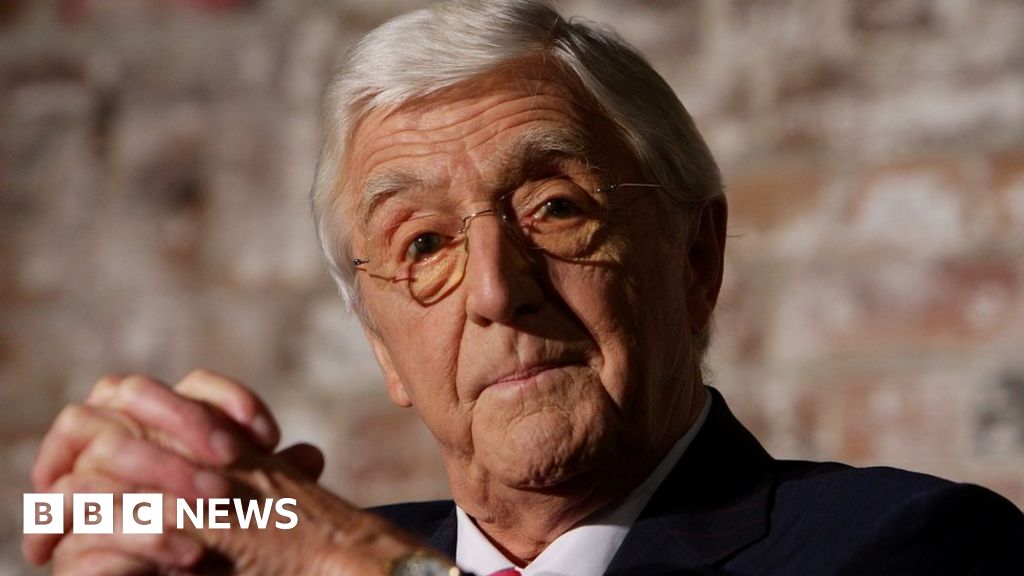
... " Tributes from around the world came in following Sir Michael s death from the likes of Sir Michael Caine and Sir David Attenborough...
Sir Michael Parkinson: Sir David Attenborough and David Beckham lead tributes
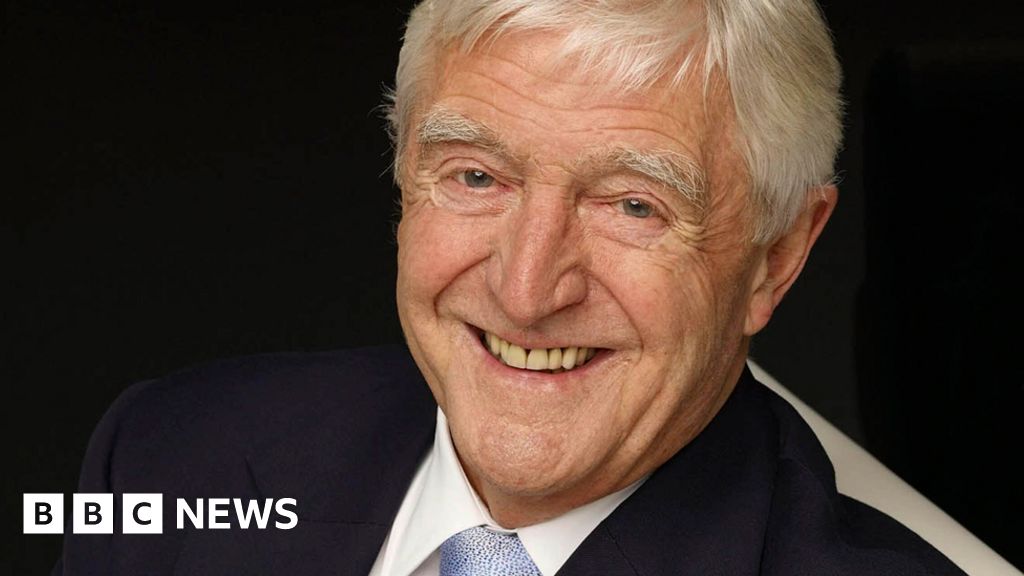
...By Steven McIntoshEntertainment reporterStars who were interviewed by Sir Michael Parkinson over the years - from Sir David Attenborough to David Beckham - have paid tribute to the " TV legend" following his death at the age of 88...
First ever images prove 'lost echidna' not extinct
By Jonah Fisher and Charlie Northcott Bbc News
Scientists have filmed an ancient egg-laying mammal named after Sir David Attenborough for the First Time , proving it isn't extinct as was feared.
An expedition to Indonesia lead by Oxford University researchers recorded four three-second clips of the Attenborough long-beaked echidna.
Spiky, furry and with a beak, echidnas have been called " living fossils".
They are are thought to have emerged about 200m years ago, when dinosaurs roamed The Earth .
Until Now , the only evidence that this particular species 'zaglossus attenboroughi' existed was a decades-old museum specimen of a dead animal.
" I was euphoric, the whole team was euphoric, " Dr James Kempton told Bbc News of The Moment he spotted the Attenborough echidna In Camera trap footage.
" I'm not joking when I say it came down to the very last Sd Card that we looked at, from the very last camera that we collected, on the very last day of our expedition. "
Dr Kempton headed a multi-national team on the month-long expedition traversing previously unexplored stretches of the Cyclops Mountains , a rugged rainforest habitat More Than 2,000m (6,561ft) above Sea Level .
In addition to finding Attenborough's " lost echidna" The Expedition discovered new species of insects and frogs, and observed healthy populations of tree kangaroo and birds of paradise.
Aside from the duck-billed platypus, the echidna is the only mammal that lay eggs. Of The Four echidna species three have long beaks, with the Attenborough echidna, and The Western echidna considered critically endangered.
Previous expeditions to the Cyclops Mountains had uncovered signs, such as 'nose pokes' in the ground, that the Attenborough echidna was still living there.
But they were unable to access the highest reaches of The Mountains and provide definitive proof of their existence.
That has meant that for The Last 62 years the only evidence that Attenborough echidna ever existed has been a specimen kept under high security in The Treasure Room of Naturalis, the Natural History museum of the Netherlands.
" It's rather flat, " Pepijn Kamminga The Collection manager at Naturalis says as he holds it for us to see.
To an untrained eye it's not dissimilar to a squashed hedgehog because when it was first gathered by Dutch botanist Pieter van Royen it wasn't stuffed.
The importance of the specimen only became clear in 1998 when x-rays revealed it wasn't a juvenile of another echidna species but in fact fully grown and distinct. It was then that the species was named after Sir David Attenborough .
" When that was discovered, people thought, well, maybe it's extinct already because it's the only one, " Mr Kamminga explains. " So this [the rediscovery] is incredible news. "
The Cyclops Mountains are precipitously steep and dangerous to explore. To reach the highest elevations, where the echidna are found, The Scientists had to climb narrow ridges of moss and tree Roots - often under rainy Conditions - with sheer cliffs on either side. Twice during their ascent The Mountains were hit by earthquakes.
" You're slipping all over The Place . You're being scratched and cut. There are venomous animals around you, deadly snakes like the Death Adder , " Dr Kempton explains.
" There are leeches literally everywhere. The leeches are not only on the floor, but these leeches climb trees, they hang off The Trees And Then drop on you to suck your blood. "
Once The Scientists reached The Higher parts of The Cyclops it became clear The Mountains were full of species that were new to science.
" My colleagues and I were chuckling all The Time , " Dr Leonidas-Romanos Davranoglou a Greek insect specialist said.
" We were so excited because we were always saying, 'this is new, nobody has seen this' or 'Oh My God , I can't believe that I'm seeing this. ' It was a truly monumental expedition. "
Dr Davranoglou broke his arm in The First week of The Expedition but remained in The Mountains collecting samples. He says they have already confirmed " several dozen" new insect species and are expecting there to be many more. They also found an entirely new type of tree-dwelling shrimp and a previously unknown cave system.
Local scientist Gison Morib, a PhD student from Cenderawasih University , who was on The Expedition , said: " The Top of The Cyclops are really unique. I want to see them protected.
" We have to Protect these sacred mountains. There are so many endemic species we don't know. "
Sacred mountainsPrevious expeditions had struggled to reach the parts of the Cyclops Mountains where the echidnas live because of the belief of local Papuans that they are sacred.
" The Mountains are referred to as The Landlady , " Madeleine Foote from Oxford University says. " And you do not want to upset The Landlady by not taking good care of her property. "
This team worked closely with local villages and on a practical level that meant accepting that there were some places they couldn't go to, and others where they passed through silently.
The Attenborough echidna's elusiveness has, according to local tradition, played a part In Conflict resolution.
When disputes between two community members arose one was instructed to find an echidna and The Other a marlin (a fish).
" That can sometimes take decades, " Ms Foote explains. " Meaning it closes The Conflict for the community and symbolizes peace. "
Dr Kempton says he hopes that rediscovery of the echidna and The Other new species will help build the case for conservation in the Cyclops Mountains . Despite being critically endangered, Attenborough's long-beaked echidna is not currently a protected species in Indonesia. The Scientists don't know how big the population is, or if it is sustainable.
" Given so much of that rainforest hasn't been explored, what else is Out There that we haven't yet discovered? The Attenborough long-beaked echidna is a symbol of what we need to Protect - to ensure we can discover it. "
Related TopicsSource of news: bbc.com
